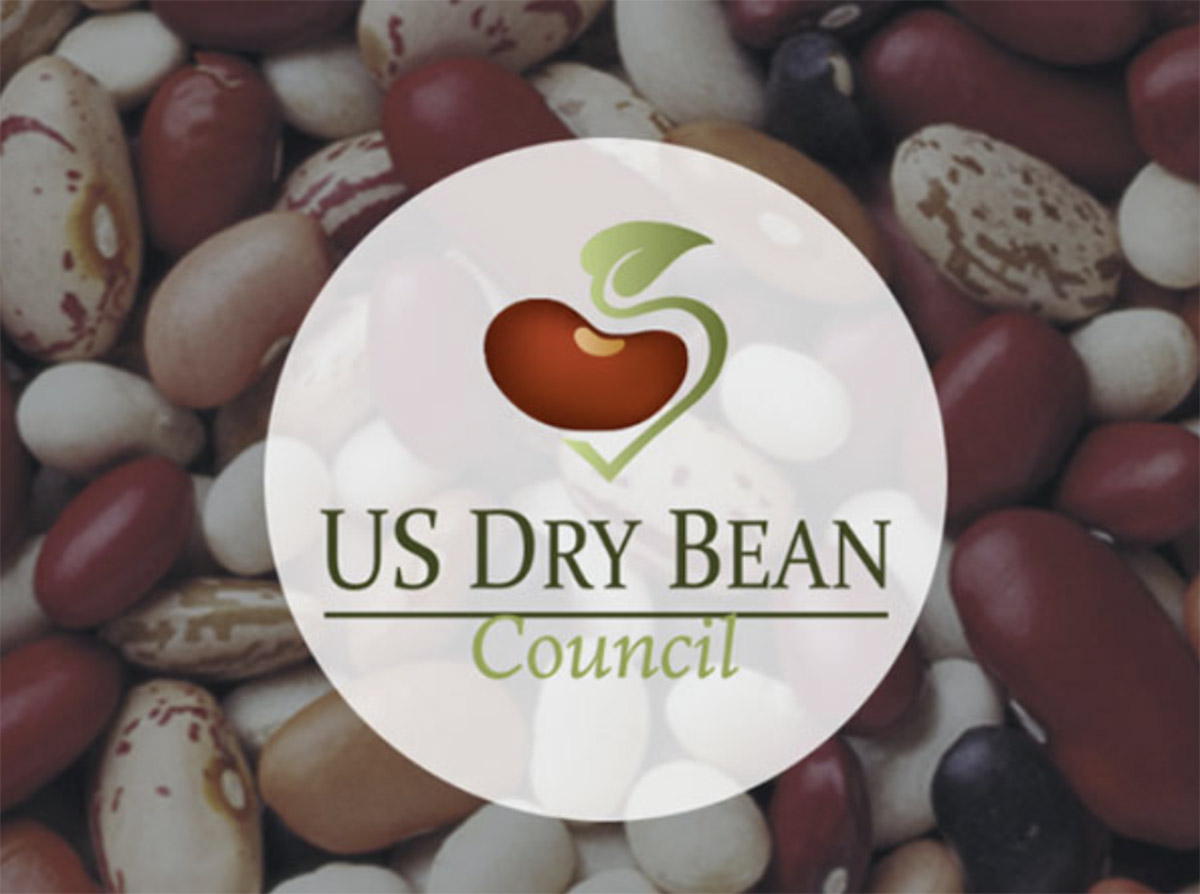October 3, 2022
In the lead up to his panelist role in Cancun, Alejandro Leloir chatted with Luke Wilkinson about the US pulse harvest and the strong commercial relationship between the US and Latin America.


Alejandro will be a panelist on the North America Pinto Bean panel at the GPC’s Americas Pulses Congress in Cancun on December 3-5, 2022. Not registered yet? Sign up for the event here.
The US Dry Bean Council is sponsoring the Welcome Reception at the Americas Pulses Congress. Interested in becoming a sponsor? Contact vishal@globalpulses.com
I‘m the regional director for central and South America and the Caribbean. My main responsibilities are trade servicing, marketing, and product promotion. Those are the things that take up most of my time.
I also do reports for the USDBC and head a series of promotional activities that I regularly conduct, for example, right now in central America we are conducting some seminars focused on innovation in ingredients, so as to help introduce different types of beans into different markets.
I started working on farming production in Uruguay after my degree - I trained as an agricultural engineer. A few years later I moved to Costa Rica and got a job as a buyer for Walmart, buying dry beans and pulses from all over the world. That's how things got started.

The USDBC is a private trade association made up of industry leaders in dry beans, all with the common goal of promoting the U.S. edible bean trade in the United States and abroad, educating consumers about the benefits of beans.
It’s also a resource for information on U.S. exporters, overseas importers, U.S. dry bean classes, trade policy issues and the role of U.S.-grown beans in international food-aid efforts. We publish foreign language newsletters and other publications designed to help overseas importers, packagers and canners better understand and maintain contact with the U.S. dry bean exporting trade.
Part of the USDBC’s mission is collaborating with public health organizations, research centers, universities, and the entire supply chain, from seed suppliers to farmers, processors, wholesalers, distributors and transporters. While the USDBC is privately funded, our representatives work closely with the U.S. Department of Agriculture (USDA) in overseas markets and often co-sponsors activities with the U.S. Government.
Sure, we’re trying to diversify in certain countries that are otherwise very selective in terms of the dry beans. For instance, in El Salvador they mostly eat red beans and in Guatemala they eat mostly black beans, so in those markets we are trying to introduce the consumers to a greater variety of bean types., highlighting their potential from a culinary, nutritional, and ingredient perspective.
We also try to introduce new ways to consume dry beans, we try to get people thinking outside of the box. It is also important to fight against any misconceptions people may have about dry beans.
Our main export markets are Mexico, Italy, the Dominican Republic, the UK, Costa Rica, and Haiti. However, the domestic market in the US is really important, and increasingly so every year. I'd say that's one of the biggest changes of recent years. Aside from that, generally things remain quite steady in terms of main export destinations.
I'd say it's an acknowledgement that beans are good for you and all these new trends about plant-based food are important as well and having a huge impact. Also, Mexican food has a big influence in the US. On average Americans eat around 3.55 kg of dry beans per person per year.
Yes, according to the USDA's August 2022 Crop Production Report, the area planted in the current year is 520,831 Ha, down 8% compared to 2021 (564,132 Ha), and 9% less compared to the last four years (572.206 Ha). The chickpea planted area is 141,235 hectares, 5% less than 2021 (149,127 Ha). The average yield is projected to increase by 16% compared to 2021, and 2022 production is forecasted at 1.12 MMT, an increase of 8% compared to 2021 production (1.03 MMT) and a decrease of 9% compared to the past four years.
The year didn't start very well, with drought first, then excessive rain. But right now producers are telling me that the conditions have gotten a lot better and that things are in practically ideal conditions. They're expecting average yields - much better than last year.
However, last year was still good for some regions like Michigan and Minnesota, just not at all for other regions like North Dakota, where they had a lot of problems with their crops that heavily influenced the overall average.
It's a very complex question; the climate is getting more and more unpredictable. Weather droughts, flooding, or excessive rainfall, I think we're going to be seeing this more often.
In the short term, drought can mean that farmers opt to plant dry beans instead of crops like corn, because pulses generally have a shorter growing season in comparison. So as the planting window comes to an end, farmers decide to plant pulses instead. We saw that this year to a certain extent.
Research into developing seeds that can withstand the dry conditions will be really important in the future, and I know this research is going on right now. In general, dry beans work very well in dry conditions compared to other longer cycle crops.
I'm going to be participating as an analyst for pinto beans in the United States, so I'm hoping to give an overview of how the market is in terms of supply and demand.
The American and Mexican markets are tremendously important to us at the USDBC, so it is a real pleasure for us to be part of the Welcome Reception; it gives us a chance to be there to receive all of our friends and clients as they join the event.
The US is a net exporter of pinto beans to Mexico. In certain moments, small amounts of Mexican Pintos are sent over to America to serve particular uses/markets too, but the US exports to Mexico are much higher.
In terms of beans overall, American dry beans to Mexico are over 100,000 MT per year.
From a commercial perspective, exports in the region represent between 40 and 60% of all of the dry bean exports from the United States, without including food aid. The numbers speak for themselves but further to that there is a relationship consolidated of years of friendship, and in a lot of cases these relationships have passed down through generations; this also has tremendous value in itself.
As to strengthening the relationship; we have to continue doing what we do well - service, reliability, quality, and price. It’s also fundamental that the work of innovating and investigating the development of new bean varieties continues in our universities and research centers, in order to make beans that are adaptable to the needs of the consumer, producer, and to the demands of climate change. We need to develop new types of products, too.
Finally, we all need to maintain our great communication between the consumer and local government to promote the value of our products, and fight any misconceptions people have about them.
On a personal level, I'm going to finish my MBA in Agribusiness at Austral University. As for the USDBC, I know we want to keep emphasizing the pillars of our organization: excellence in quality of service, health and nutrition, sustainability, and bean innovation. We also have BeanCon, our convention that will be in Medellin, Colombia from the 15 to 18th February 2023.
Disclaimer: The opinions or views expressed in this publication are those of the authors or quoted persons. They do not purport to reflect the opinions or views of the Global Pulse Confederation or its members.